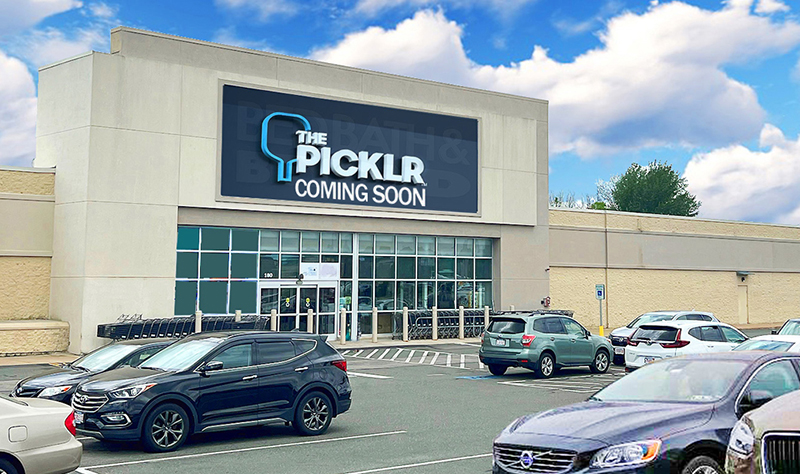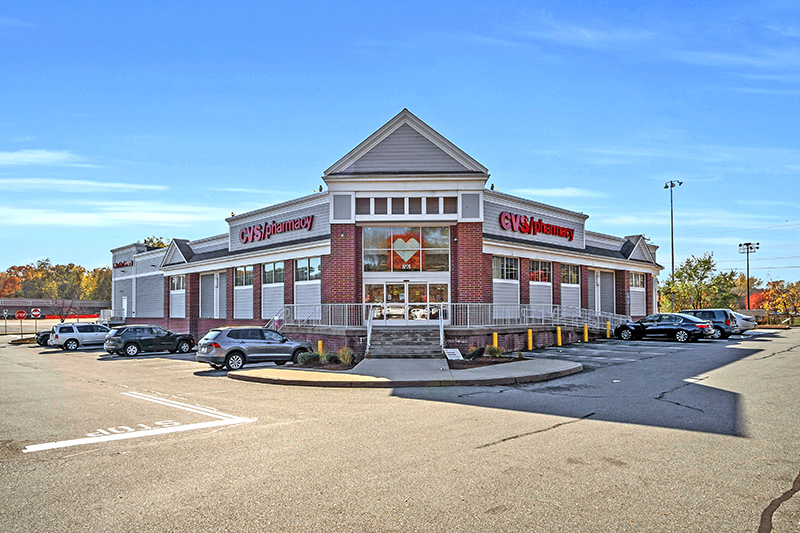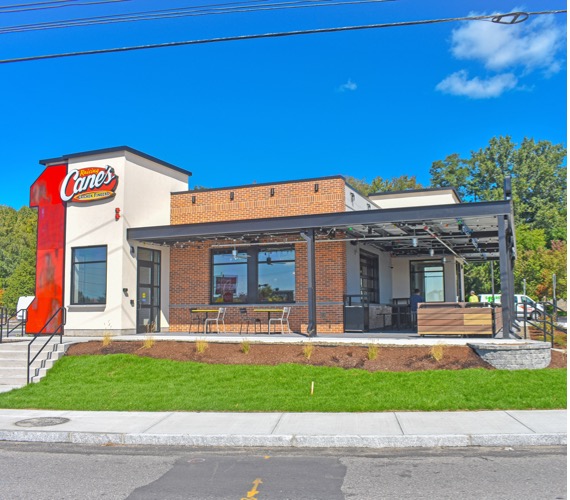News: Retail
Posted: October 21, 2009
Cedar Shopping Centers' Shops at Suffolk Downs features new 75,000 s/f Stop & Shop
The Shops at Suffolk Downs is a new development property located at the entrance to the Suffolk Downs Racetrack. The development, owned by Cedar Shopping Centers, features a new 75,000 s/f Stop & Shop supermarket next to a separately owned, 123,000 s/f Target store. The property also features a Sleepy's, as well as a Dollar Tree and Famous Footwear in a separate building and a Wendy's on an outparcel. A buffet restaurant and a fashion concept are expected to substantially complete leasing of the center, which will reflect total GLA, excluding the Wendy's outparcel (and the Target store), of approximately 118,000 s/f. All the new stores have had very strong grand openings. A police station and fire station have recently opened at sites adjacent to the property, further evidencing not only the community's commitment to this property, but also an indication of the population density. The strength of the area is further demonstrated by the development of the new Stop & Shop supermarket, which has experienced strong sales at this site notwithstanding that an existing Stop & Shop supermarket is located not much more than 1/4 mile from this site. Part of the success of the supermarket and the center generally is that it also draws shoppers from nearby Winthrop and East Boston, a result of the many roads which effectively link this property to those neighboring communities, in large part for homeward-bound traffic from Boston.
The development represents a part of the gentrification of a portion of Revere, an area which features various industrial uses, tank farms, distribution buildings and manufacturing facilities. It is surrounded by a dense population of primarily single family units, and is located only a couple of miles from Logan Airport on U.S. Rte. 1.
There were considerable challenges to this project related to building foundations, management of contaminated soil, and naturally-occurring methane gas in the subsurface. The project site is located in a reclaimed tidal flat with poor soil conditions so the building had to be supported by deep foundations called Pressure Injected Footings (PIFs) or Franki piles. The site has a long history of urban use so management of contaminated soil was necessary to comply with the Massachusetts Contingency Plan (MCP). A subslab venting system with blowers had to be installed to control the accumulation of methane in the building due to natural decomposition of buried tidal flat soils.
The project involved substantial coordination with local planning commissions and a number of city and county agencies, including the State Department of Environmental Protection, the City of Revere Conservation Commission, and the City of Revere Building Department among others. In developing the property, Cedar Shopping Centers also worked closely with Revere officials to coordinate architectural and appearance features.
As completed, the property fits well into Cedar's core portfolio of primarily supermarket-anchored centers in the Northeast. This property is what the company refers to as one of its typical "bread and butter" centers. Such centers feature "necessities retailing" with supermarkets, pharmacy, food service and other service oriented operations constituting the preponderance of the rentable square footage and of the center's revenues.
During recent economically challenged times, supermarkets, such as Stop & Shop, have experienced strong sales results, as shoppers are less inclined to eat out and travel to the large malls and lifestyle centers, and more inclined to purchase prepared foods (which are generally highly profitable for supermarkets) and correspondingly eat out in restaurants much less frequently. Supermarkets such as Stop & Shop have also introduced many concepts designed to add to the customer's convenience and to enhance the offerings to the customer, such as attractive eating areas within the store, banking, dry cleaning, pizza ovens, a coffee shop, and in some stores, babysitting, Wi-Fi areas, cooking schools and community rooms.
Cedar looks forward to the continued success of this center, which it expects to be an integral part of the future growth of Revere and the surrounding area.
Tags:
Retail
MORE FROM Retail
Mace of KeyPoint Partners negotiates 36,192 s/f lease for The Picklr at Endicott Square
Danvers, MA KeyPoint Partners (KPP) negotiated a lease with the nation’s premier indoor pickleball venue The Picklr at Endicott Sq. Vice president of retail brokerage Don Mace negotiated the transaction on behalf of the landlord.




.jpg)



